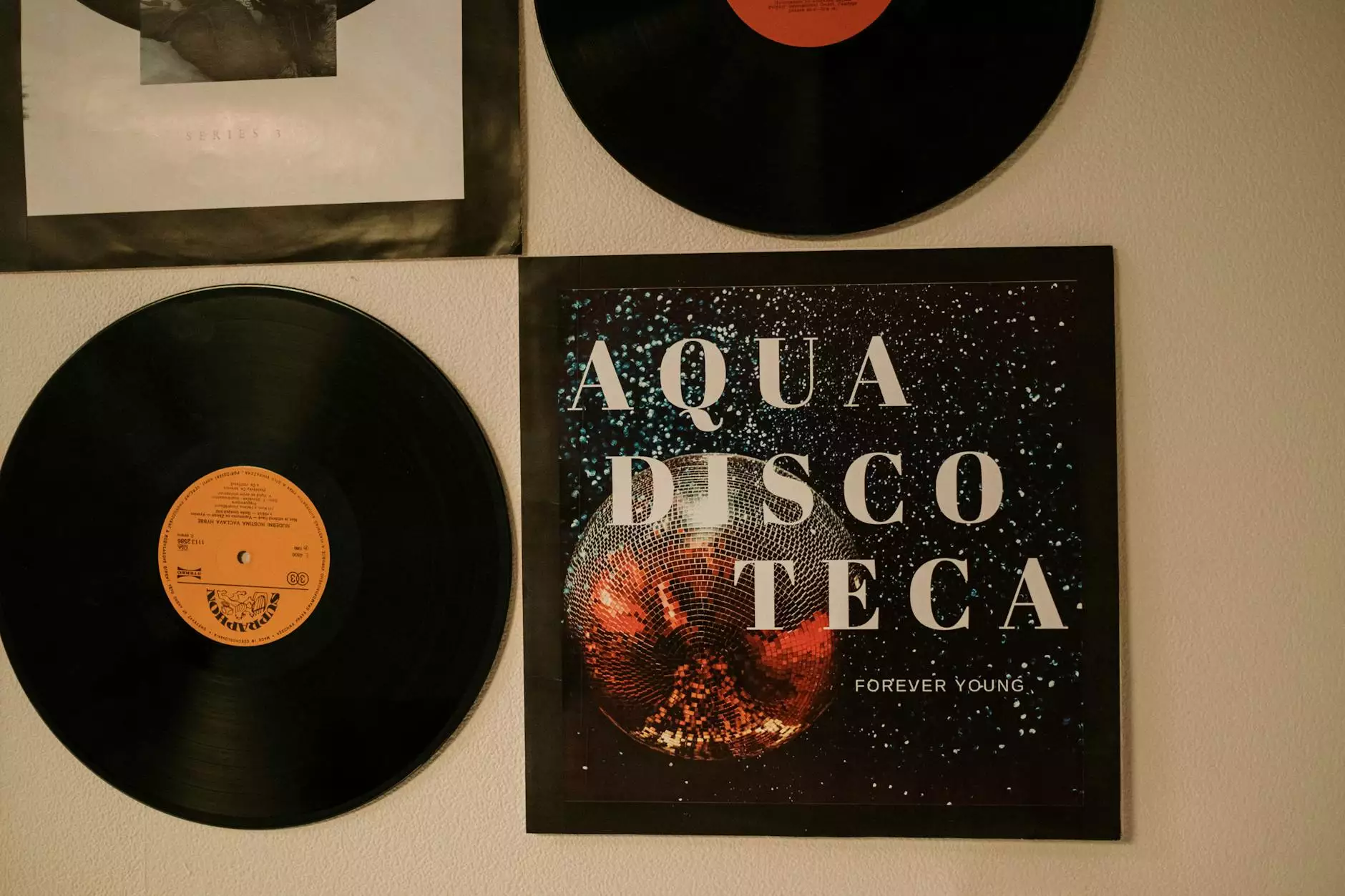The Comprehensive Guide on the Cost of Hysteroscopy

Hysteroscopy is an important diagnostic and therapeutic procedure that allows healthcare providers to examine the inside of a woman's uterus. It's performed to address a variety of gynecological issues. However, many patients grapple with the cost of hysteroscopy and the implications it holds for their personal finances. This extensive guide will delve into the various aspects of hysteroscopy, including its costs, factors influencing these costs, and much more.
Understanding Hysteroscopy
Hysteroscopy involves the insertion of a thin, lighted tube through the vagina and cervix into the uterus. The procedure is pivotal in diagnosing and treating conditions such as:
- Uterine fibroids
- Polyps
- Uterine septum
- Endometrial hyperplasia
- Investigating causes of abnormal uterine bleeding
What Influences the Cost of Hysteroscopy?
The cost of hysteroscopy can vary significantly based on a number of factors:
1. Type of Hysteroscopy
There are two main types of hysteroscopy:
- Diagnostic hysteroscopy - This is generally less expensive and is primarily conducted for diagnostic purposes.
- Operative hysteroscopy - This involves procedures like removal of fibroids or polyps, making it more costly due to the additional complexities involved.
2. Location of the Procedure
Where the procedure is performed plays a crucial role in determining the price. Hysteroscopies can be done at:
- Hospitals - Often, hospitals charge higher fees due to overhead costs.
- Outpatient clinics - Typically more affordable and can provide similar results.
3. Insurance Coverage
Insurance plans vary in what they cover. Some policies may cover diagnostic hysteroscopies but not operative ones. Always check with your provider to understand your coverage limits, deductibles, and co-pays.
4. Anesthesia Type
The type of anesthesia used can also affect the overall cost:
- Local anesthesia - Generally less expensive and typically used for diagnostic hysteroscopies.
- General anesthesia - More costly and usually required for operative hysteroscopies.
5. Additional Diagnostic Tests
Patients might also require additional tests such as ultrasounds or MRIs, which can contribute to the overall expenses incurred during the treatment process.
Average Costs of Hysteroscopy
The cost of hysteroscopy can vary widely, but on average, patients can expect:
- Diagnostic hysteroscopy to cost between $1,500 and $3,000.
- Operative hysteroscopy may range from $5,000 to $9,000 or even higher, depending on the complexity of the procedure and the specific treatments required.
What to Expect During the Procedure
Hysteroscopy is generally a straightforward procedure. Here’s a breakdown of what to expect:
Pre-Procedure Preparations
Before undergoing a hysteroscopy, patients are typically advised to:
- Undergo a thorough medical evaluation.
- Discuss any medications they are currently taking with their doctor.
- Arrive at the facility with a full bladder to aid in the examination.
During the Procedure
During the hysteroscopy, patients are usually given sedation or anesthesia for comfort. The hysteroscope is inserted through the vagina and cervix into the uterus. The doctor may use sterile saline to expand the uterine cavity, allowing a clear view of the internal structures.
Post-Procedure Care
After the procedure, many patients can return home the same day. However, it’s essential to follow up with your physician regarding any potential symptoms to monitor, such as:
- Severe abdominal pain
- Heavy bleeding
- Fever
- Any unusual discharge
Financial Assistance Options
Given the potential costs associated with a hysteroscopy, it’s crucial for patients to explore various financial assistance options:
1. Insurance Coverage
Understanding your health insurance policy is vital. Many insurance companies cover part or all of the cost of hysteroscopy when deemed medically necessary. Verify coverage limits with your provider.
2. Payment Plans
Some clinics offer payment plans that allow patients to spread costs over several months, making the financial burden more manageable.
3. Financial Aid Programs
Check for available financial aid programs or grants that might help cover medical expenses related to reproductive health.
Conclusion
Understanding the cost of hysteroscopy is essential for making informed decisions about your health care. A comprehensive approach includes exploring the type of procedure, location, and any insurance implications. Always consult your healthcare provider for personalized advice and to discuss financial options that may be available to you.
With the right knowledge and support, you can navigate through the financial aspects of hysteroscopy effectively and prioritize your reproductive health.
Take the Next Steps
If you're considering a hysteroscopy or need further information, reach out to Dr. Seckin at drseckin.com for expert advice and assistance. Your health and wellbeing are paramount, and proper guidance can make all the difference.









